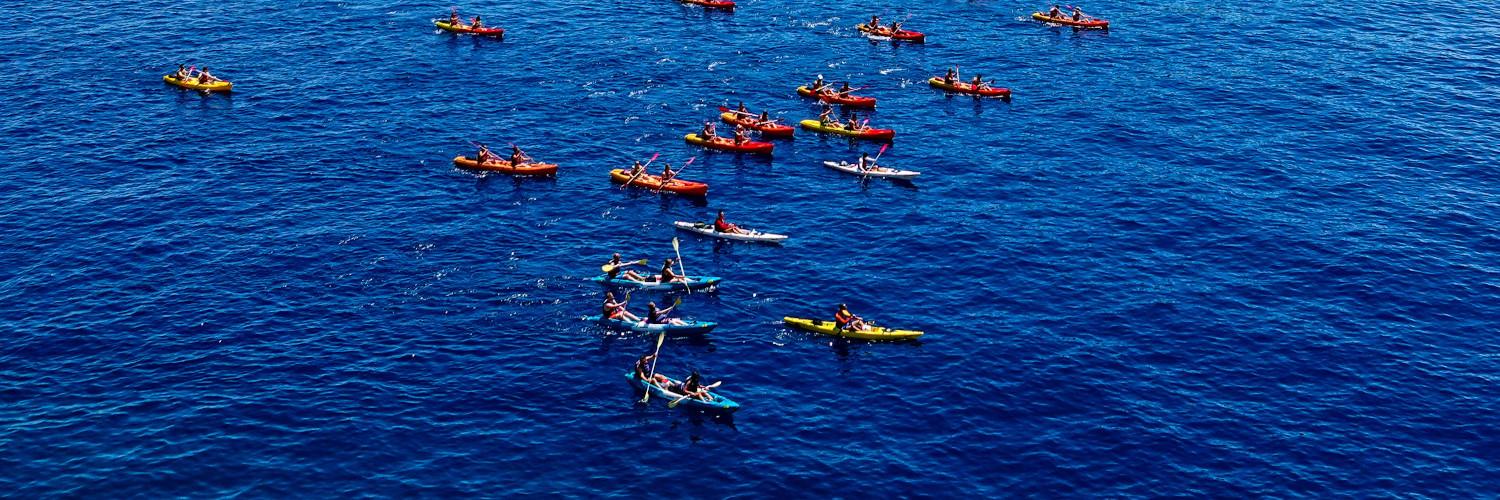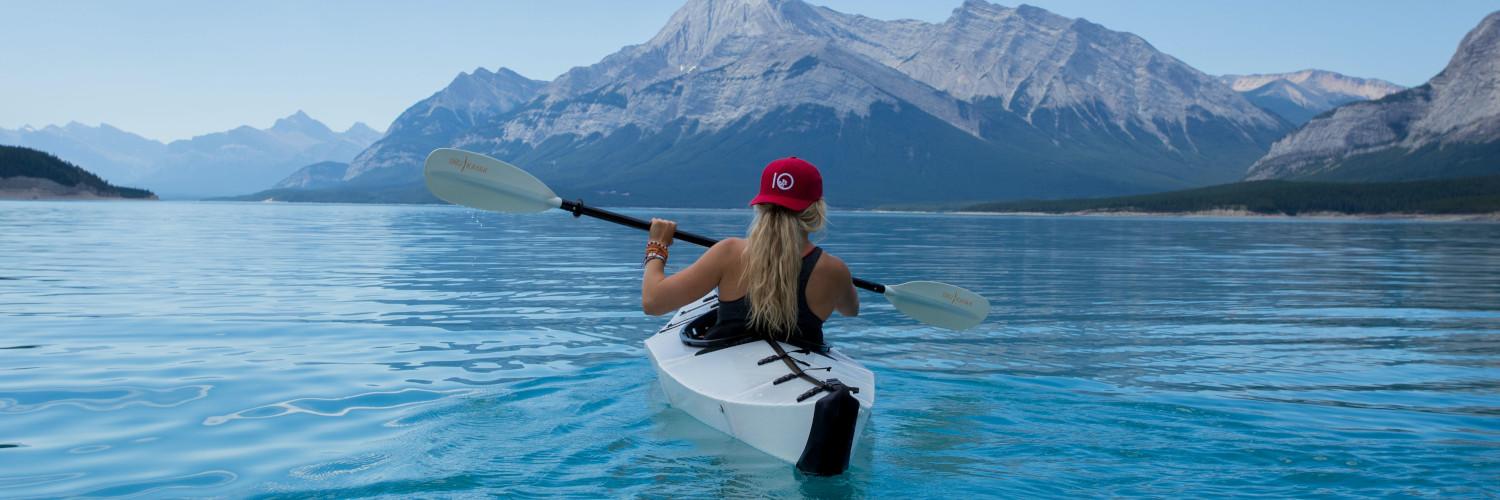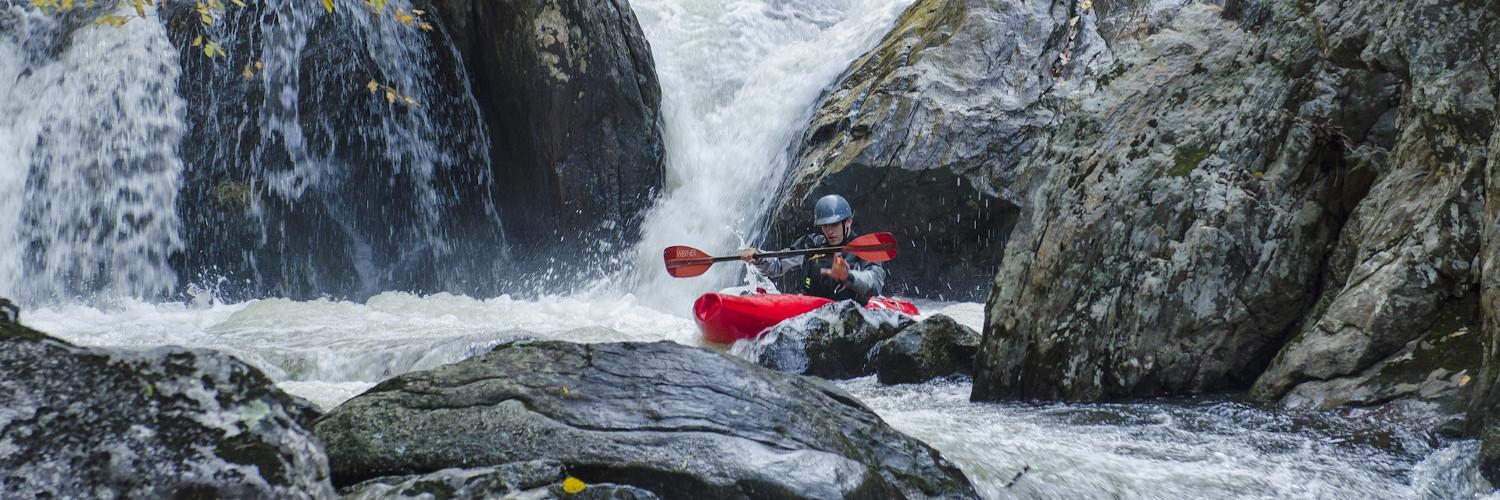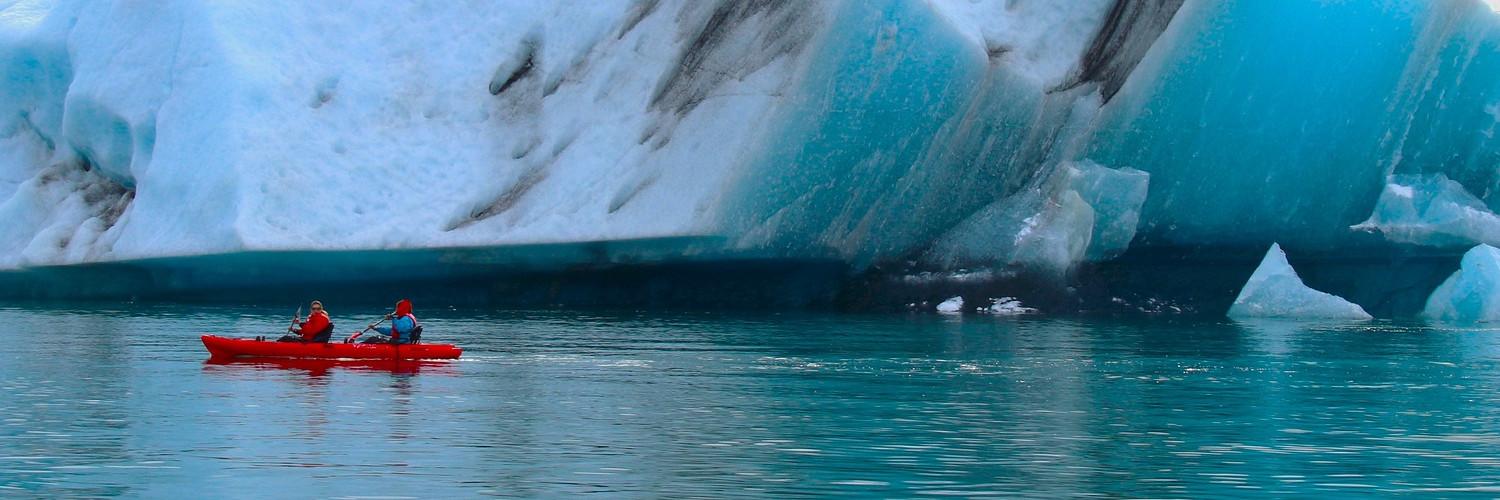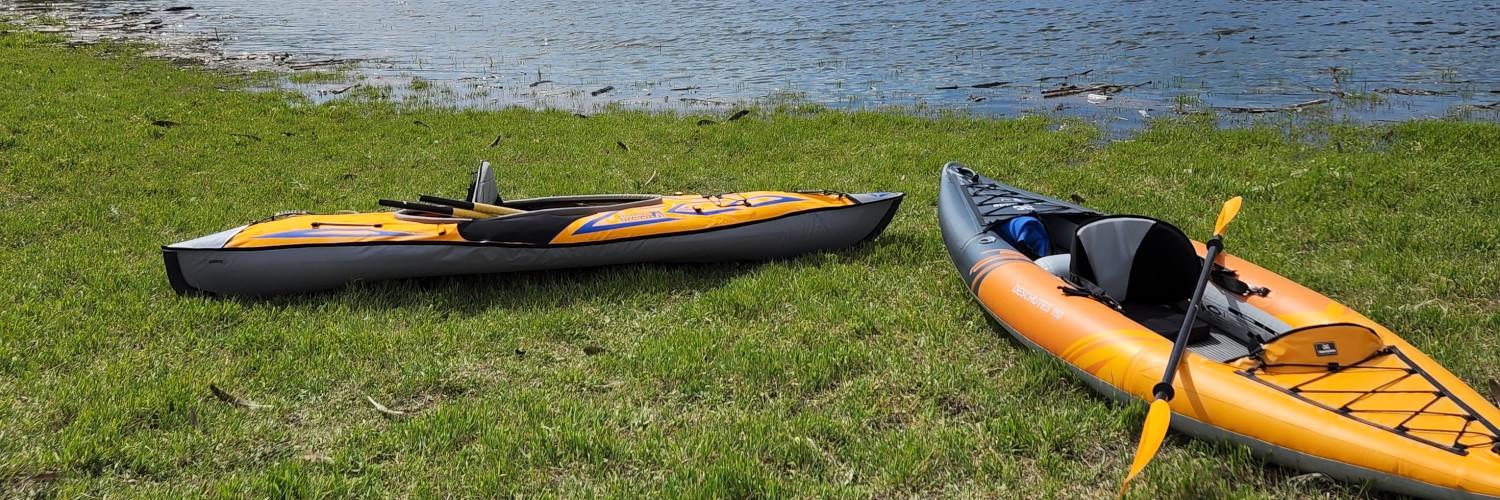Is a kayak quicker than a canoe?
A kayak will go twice as fast as a canoe all things being equal.
That’s because a kayak paddle has two blades as opposed to the canoe paddle with only one. Put two people in a canoe, then the speed of a canoe is comparable to the speed of a single kayak. Add wind to the equation and the kayak will lose less speed.
You have to factor in more than just single blade versus double blade paddles and where you are in relation to the waterline. They sit lower in the water, so there’s less wind resistance, which means more speed. It’s also clear that the double-bladed paddle is more efficient as sitting low translates into less time and movement reaching for the water. And because kayak paddles are double-bladed, you don’t have to move them from one side to the other like a canoe’s single-bladed paddles. The more of the boat that’s in the water, the more resistance it’ll meet.
Canoes are generally wider and flatter than kayaks, so they tend to have more contact with the water and sit deeper. This means the canoe will have to cut through the water, while the kayak floats on top.
Another consideration is weight and length. The heavier the boat, the more it will sink and, you guessed it – the more resistance it will face. Longer boats have the weight spread out more and will move faster over the surface.
As a rule, sea kayaks are lighter and longer than canoes. The short, sporty kayaks, called rodeo or play kayaks, are made to turn and cut, not travel fast. Sea kayaks are long, lean and fast. Since weight is also an issue, the material used to make the boat has a significant impact on the speed. Both canoes and kayaks can be manufactured from lightweight fiberglass and even lighter Kevlar or carbon-fiber. Kayaks get the edge in this case again because they’re narrower and as a result, lighter.
But all this hinges on one thing – whether or not you’re a skilled kayaker. If two novice paddlers were to race a kayak and a canoe, chances are the canoe would fly ahead as the kayak zigzagged or spun in a circle. Kayaks are much more difficult for a beginner to keep on a straight line. They’re a bit unstable and because they’re so light, every time you dig in on the right, your boat will dart left. When you dig back on the left, it will spin to the right. Because canoes are wider and have more surface area touching the water, they’re very stable and glide straight on calm waters. So if you matched up a racing canoe with a racing kayak and had two paddlers of equal strength and experience duke it out on a calm lake, the kayak would be faster.
Differences between a kayak and a canoe
Canoes and kayaks are pretty similar when it comes down to it. They both move along on the water when people sit in them and paddle. There are just a few differences. Canoes typically use a paddle with a single blade. Kayakers use a double-bladed paddle. The other difference is that the cockpit of a canoe is open while the kayak’s is covered. In canoes, the seat is usually level with, or just below the top rail of the boat. Kayaks have a seat on the floor of the boat, right at the waterline.
